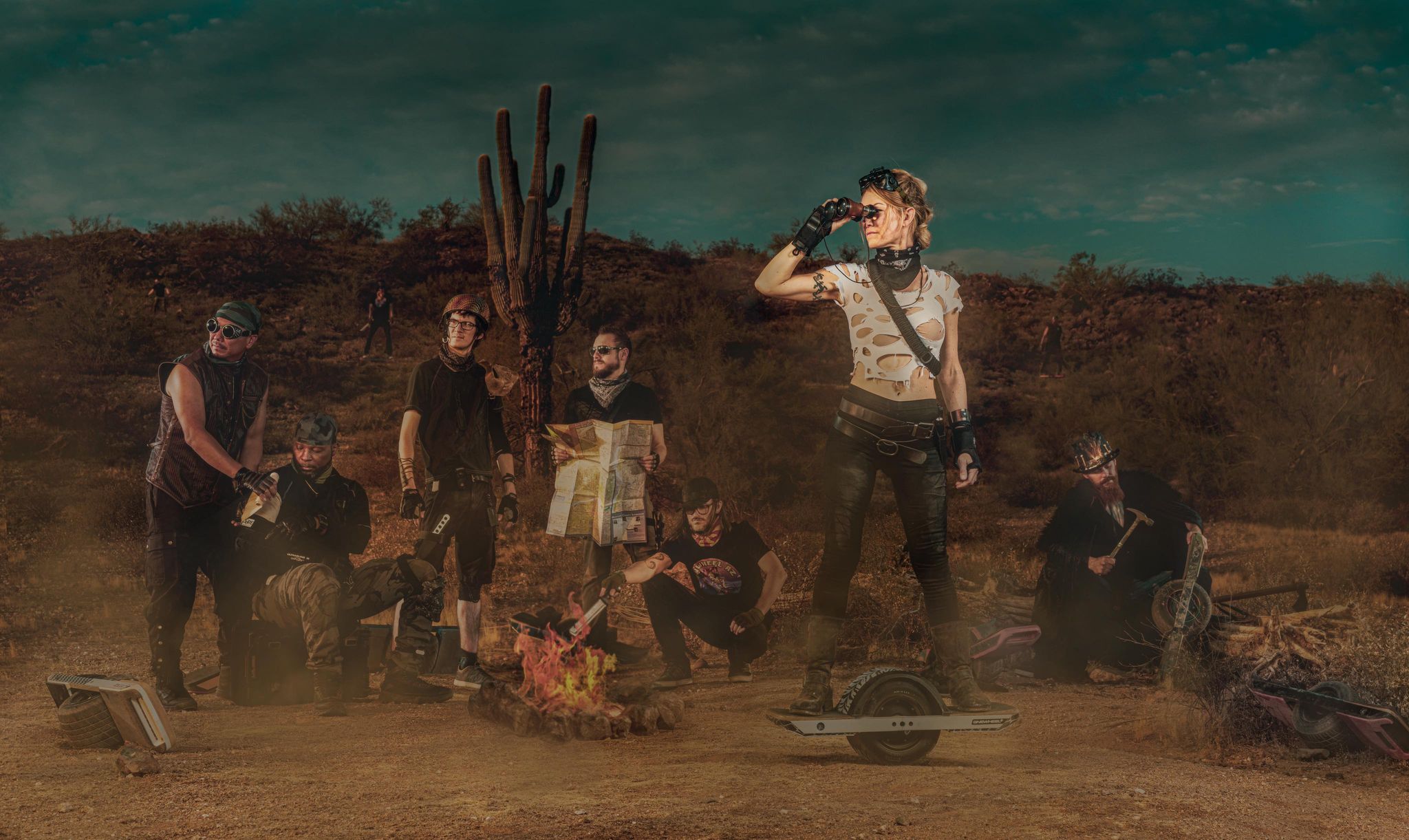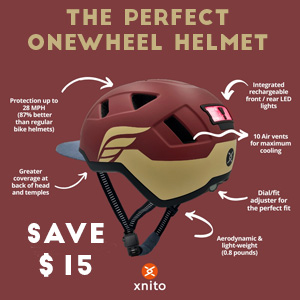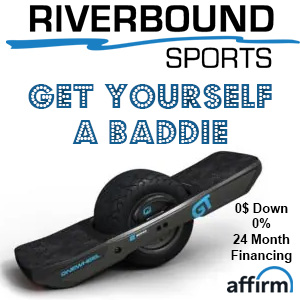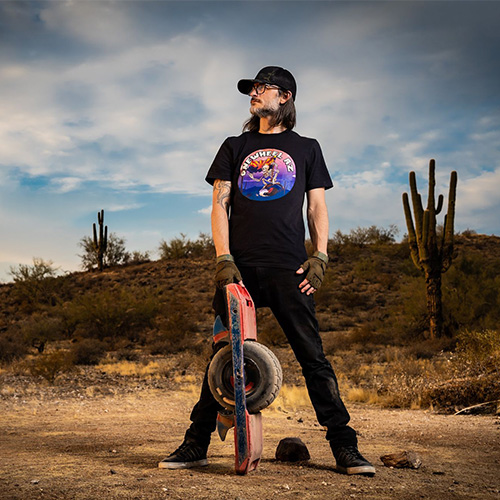Onewheel Guide
A Onewheel is a cutting-edge electric skateboard that has redefined personal transportation and outdoor adventure. Unlike traditional skateboards, the Onewheel features a single, large wheel located in the center of the board, which provides a unique and thrilling riding experience.
In this guide to Onewheels, you will learn about its introduction, how to get started, riding techniques and tips, Onewheel communities and events, where to explore and adventure, stories and highlights from riders, shops and reviews, safety and regulations and more.

Choosing the Right Onewheel
Selecting the perfect Onewheel model depends on your riding preferences, experience level, and intended use. Here’s a breakdown of the different models to help you make an informed decision:
Onewheel Pint
- Best for: Beginners, urban commuters, and those looking for a compact, portable option.
- Features: Lightweight and easy to carry, intuitive SimpleStop dismount technology, 6-8 miles range.
- Pros: Affordable, easy to learn, great for short commutes and casual riding.
- Cons: Limited range and speed compared to other models.
Onewheel+ XR
- Best for: Long-distance riders, adventurers, and experienced users seeking extended range and performance.
- Features: 12-18 miles range, robust 750W Hypercore motor, off-road capabilities.
- Pros: Long battery life, powerful motor, versatile terrain adaptability.
- Cons: Heavier and bulkier, higher price point.
Onewheel GT
- Best for: High-performance seekers, off-road enthusiasts, and riders wanting the latest technology.
- Features: Advanced features, superior battery life, enhanced control and stability.
- Pros: Top-of-the-line performance, cutting-edge features, exceptional durability.
- Cons: Expensive, new 6.5" hub limits your tire options which could require extra cost in aftermarket hubs.
Onewheel GTS
- Best for: Speed enthusiasts, tech-savvy riders, and those looking for the ultimate riding experience.
- Features: Ultra-fast speeds, enhanced torque, advanced digital controls.
- Pros: Unmatched speed and power, innovative technology, sleek design.
- Cons: Higher learning curve, premium price.
Onewheel GTS Rally Edition
- Best for: Extreme riders, adventure seekers, and those needing rugged durability.
- Features: 6" hub, Recurve rails, Performance Treaded Tire, 113V Powertrain, NKS Bearings.
- Pros: Built for extreme performance, sick torque, excellent range.
- Cons: Highest price among all models.
Essential Gear and Accessories
To enhance your riding experience and ensure safety, consider investing in the following gear and accessories:
Protective Gear
- Helmet: A must-have for every rider to protect against head injuries.
- Wrist Guard: Prevent wrist injuries in case of falls.
- Knee and Elbow Pads: Provide cushioning and protection during impacts.
Accessories
- Rails: Rails from Future Motion, The Float Life, and Tech Rails offer rails in various foot angle configurations, look. They can improve your board's performance through things like lower center of gravity, improved clearance, lighter and stronger materials.
- Footpads: Upgraded footpads can offer better grip and comfort.
- Footholds: Footholds, like FlightFins, attach to the Onewheel and provide extra stability and control, especially useful for performing tricks and maneuvers. They allow for a more aggressive riding style and greater confidence on challenging terrain.
- Fenders: Protect against mud and debris when riding off-road. They are especially useful for keeping your board and yourself clean in various weather conditions like rain.
Beginner’s Guide
- Start Slow
- Master Mounting and Dismounting
- Learn to Balance
- Practice Turning
- Understand the Regenerative Braking
- Safety Tips
- Stay aware of your surroundings and avoid crowded areas until you’re more experienced.
If you’re new to Onewheel riding, these tips will help you get started safely and confidently:
Begin by practicing in an open, flat area with minimal obstacles. Gradually increase your speed as you become more comfortable.
Practice mounting the Onewheel by placing your back foot on the board first, then your front foot. To dismount, slow down and lift your heal until it disengages, tail dros to ground, and step off board.
Use your arms and core to help maintain balance. Keep your knees slightly bent and look ahead, not down at the wheel.
Lean into your turns, using your shoulders and hips to guide the direction. Start with gentle turns and progress to sharper ones as you gain confidence.
Familiarize yourself with the braking system by practicing slow stops. Lean back gently to activate the regenerative braking and come to a smooth stop.
Always wear protective gear, especially a helmet.
Regularly check your Onewheel for any maintenance needs, such as tire pressure and battery health.


